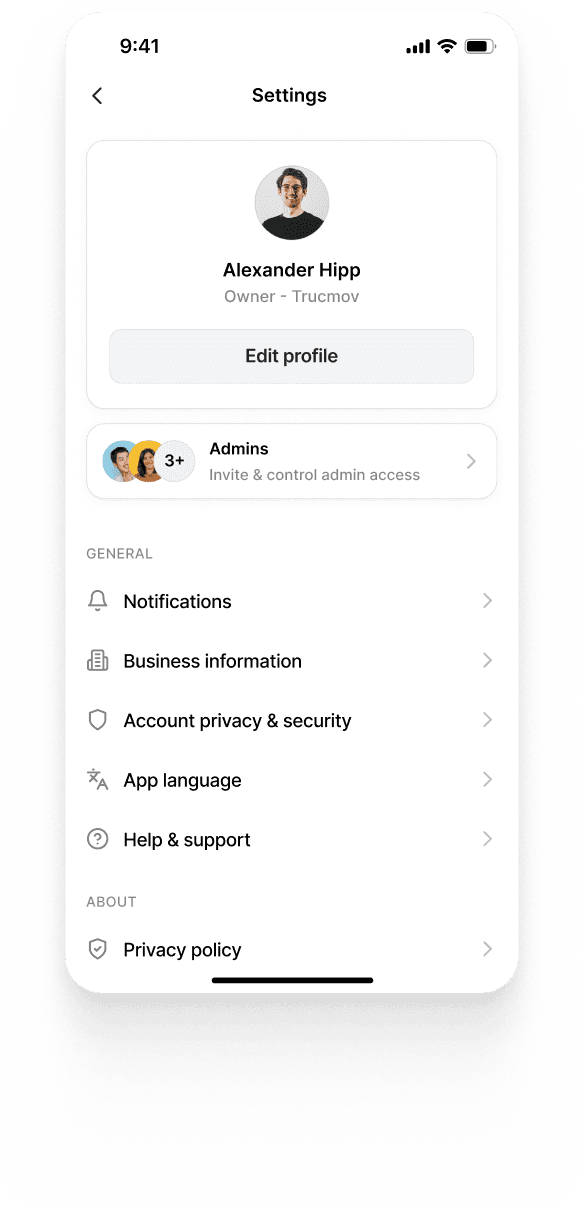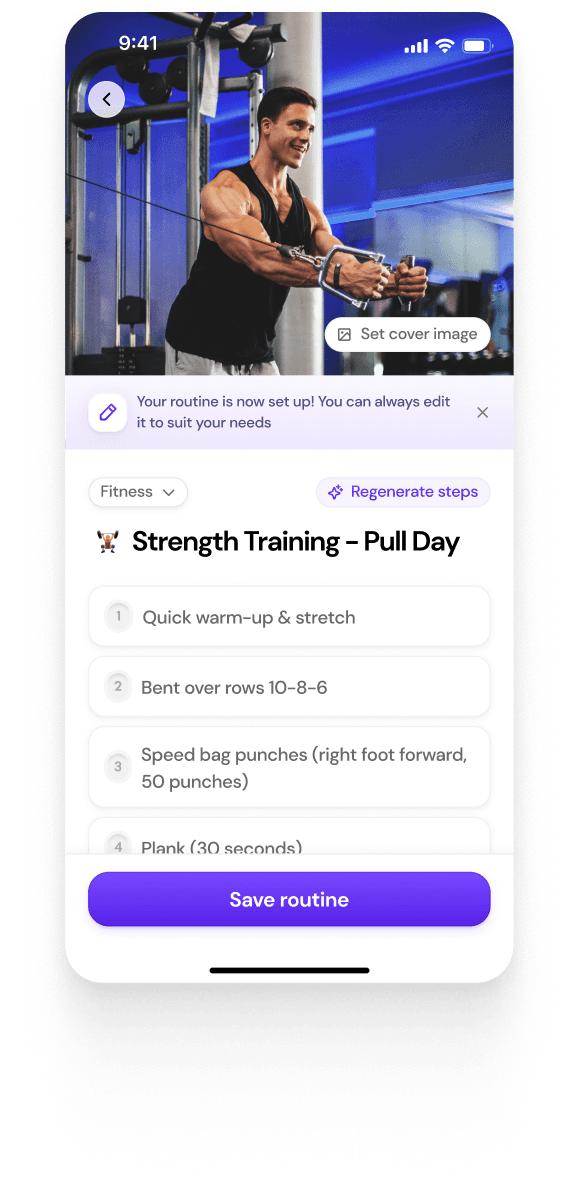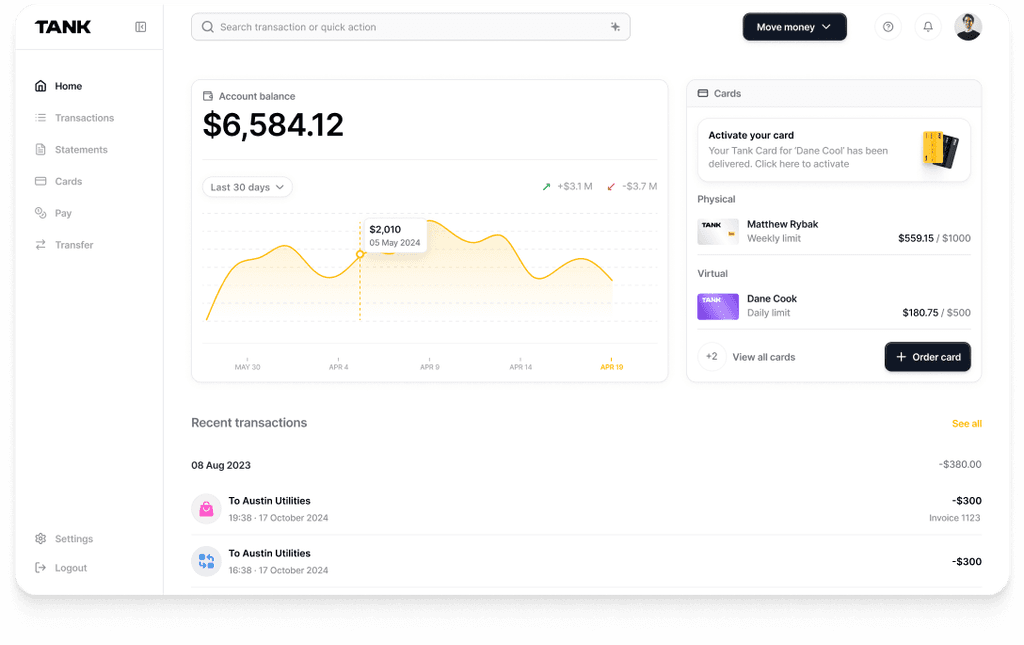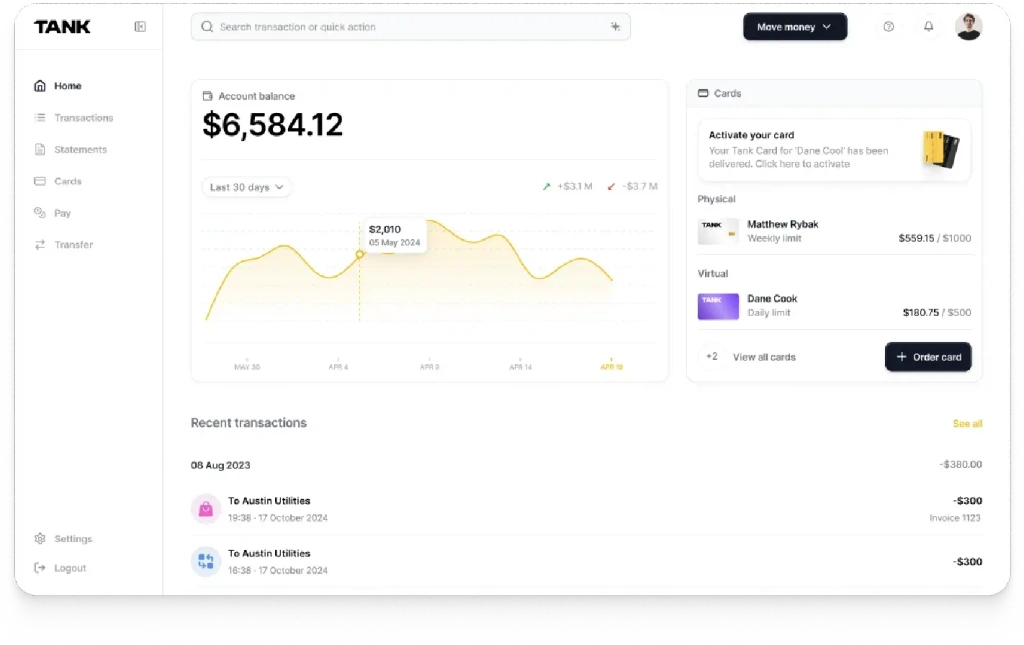Best Practices for Implementing AI OS in Your Organization
Summary
Implementing an AI Operating System (AI OS) like Steve can revolutionize business operations by enhancing efficiency, agility, and innovation. Success requires clear objectives, risk mitigation, infrastructure readiness, staff training, and continuous performance monitoring. Steve stands out as a secure, scalable AI OS built to streamline operations and drive data-led decision-making across industries.
Key insights:
Strategic Clarity is Crucial: Define measurable goals and align KPIs with business outcomes for successful AI OS integration.
Risk & Feasibility Assessments: Evaluate technical, cultural, and ethical readiness to preempt implementation roadblocks.
Infrastructure Must Be Scalable: Ensure systems support high-performance computing, secure data handling, and future growth.
Culture Shapes Adoption: Equip teams with AI skills, foster internal AI champions, and lead with transparent change management.
Continuous Optimization: Track KPIs, gather feedback, and perform regular reviews to adapt and enhance AI OS performance.
Steve Leads the Way: Walturn’s Steve offers intuitive UX, automation, advanced analytics, and seamless scalability for businesses.
Introduction
Artificial Intelligence Operating Systems (AI OS) represent the next transformative phase in organizational technology management. Leveraging the power of AI, these systems streamline processes, enhance decision-making, and facilitate innovative solutions across diverse sectors. Their capabilities to automate and optimize operations, analyze extensive data, and predict trends underscore their importance in a rapidly digitizing landscape. Implementing AI OS, however, requires a thoughtful strategy to maximize potential and mitigate risks.
As organizations navigate the complexities of digital transformation, AI OS solutions offer a strategic advantage. They not only enhance operational efficiencies but also foster agility, allowing businesses to respond dynamically to market shifts. Understanding the fundamental aspects of AI OS implementation is crucial for organizations aiming to leverage their full potential while addressing challenges such as data security, workforce adaptation, and regulatory compliance. This insight aims to discuss best practices that organizations can leverage when implementing AI OS.
Strategic Planning for AI OS Integration
1. Define Clear Objectives
Before initiating the integration of an AI OS, organizations must establish clear, measurable goals. Objectives might include improving operational efficiency, enhancing customer experiences, accelerating innovation, or ensuring regulatory compliance. Explicit goals guide implementation strategies and provide benchmarks for success evaluation.
Additionally, setting objectives involves identifying key performance indicators (KPIs) that will measure the system’s impact over time. Organizations should align these KPIs with business goals to ensure the AI OS delivers value. For instance, in customer service, an AI OS should enhance response times and customer satisfaction rates, while in logistics, it should optimize inventory management and reduce delays.
2. Conduct Feasibility Studies
Perform thorough feasibility studies to evaluate technical requirements, costs, and the organizational readiness for implementing an AI OS. A feasibility analysis should examine technical resources, required skills, and potential impacts on current workflows.
Beyond technical feasibility, organizations must assess cultural readiness. Employees may be resistant to AI-driven automation due to concerns over job displacement or process changes. Conducting organizational readiness assessments can help identify potential barriers and formulate strategies to address them through training, transparent communication, and phased adoption plans.
3. Comprehensive Risk Assessment
Organizations should conduct thorough risk assessments addressing both technical and operational risks. Identifying potential obstacles, such as data privacy concerns, system incompatibilities, or workforce adaptability, ensures a proactive rather than reactive approach.
Risk assessments should also consider ethical implications, particularly in AI decision-making. Bias in algorithms, unintended consequences, and compliance with industry regulations must be examined to prevent legal and reputational risks. Developing a structured risk mitigation framework helps ensure AI OS deployment aligns with industry best practices and regulatory requirements.
Technical Implementation Best Practices
1. Infrastructure Readiness
AI OS solutions demand considerable computational resources. Organizations must ensure infrastructure capable of managing intensive computing tasks, extensive data processing, and adequate storage. Cloud-based solutions may offer scalability and efficiency.
In addition to hardware requirements, organizations should assess network security, disaster recovery strategies, and system redundancy. Ensuring uptime and minimizing downtime risks are critical for a successful AI OS deployment. The integration of edge computing can also enhance real-time processing capabilities, reducing latency and improving response times.
2. Seamless Integration
Ensure compatibility of the AI OS with existing software and hardware. Organizations should leverage middleware, APIs, and connectors that enable seamless data interchange, minimizing disruptions and promoting smooth adoption.
Integrating AI OS with legacy systems requires careful planning to avoid operational disruptions. Organizations should consider hybrid solutions that allow gradual transitions, minimizing risks while maximizing AI-enhanced functionalities. Testing integration in sandbox environments before full deployment ensures compatibility and performance optimization.
3. Scalability Planning
Anticipate future growth and technological advancements by selecting an AI OS that can scale both vertically and horizontally. A scalable system supports increasing demands without sacrificing performance.
Scalability planning involves anticipating data growth, increased computational requirements, and evolving AI functionalities. Organizations should choose AI OS platforms that offer modular expansion capabilities, allowing seamless upgrades without requiring a complete overhaul of existing infrastructure.
4. Rigorous Testing and Validation
Organizations must adopt methodologies including functional, integration, performance, and security testing. Pilot deployments and phased rollouts can minimize risks associated with larger-scale implementations.
Testing should include real-world scenarios to identify potential failures before full implementation. Stress testing under high-demand conditions ensures system reliability, while security testing evaluates vulnerabilities to cyber threats. Continuous testing and iterative improvements strengthen AI OS stability and enhance overall performance.
Organizational Readiness and Culture
1. Staff Training and Development
The success of an AI OS implementation significantly depends on employee readiness. Organizations must offer comprehensive training programs tailored to various skill levels, complemented by ongoing support resources.
Training should focus on both technical skills and process adaptation. Employees should be equipped to work alongside AI-driven automation, leveraging AI insights for decision-making rather than perceiving AI as a replacement. Hands-on workshops and continuous learning initiatives foster AI proficiency within teams.
2. Effective Change Management
Structured change management approaches are essential. Clear communication, regular updates, and addressing staff concerns foster organizational buy-in and smooth the transition. Highlighting tangible benefits to employees can alleviate resistance and enhance acceptance.
Change management strategies should include employee involvement in AI OS implementation phases. Gathering feedback from employees can help refine AI-driven processes and improve adoption rates. Transparent communication about AI OS benefits, coupled with leadership endorsement, ensures a smoother transition.
3. Establishing AI Champions
Designating internal AI OS advocates or champions who understand and promote the system within the organization can significantly enhance acceptance and expedite adoption. These ambassadors serve as critical links between management and frontline employees.
AI champions play a vital role in demonstrating practical use cases, assisting colleagues in adoption, and addressing concerns. They act as internal support systems, driving enthusiasm and engagement in AI OS utilization across departments.
Performance Monitoring and Continuous Improvement
1. Establishing and Tracking KPIs
Defining clear Key Performance Indicators (KPIs) aligned with initial objectives is crucial. Organizations should regularly measure these KPIs, providing transparency into the effectiveness and ROI of the AI OS deployment.
Tracking KPIs should involve real-time dashboards, predictive analytics, and trend analysis. By continuously monitoring performance metrics, organizations can make data-driven decisions to optimize AI OS utilization.
2. Feedback Loops
Creating feedback loops that collect and analyze user input is essential for iterative improvement. Organizations should continuously refine their AI OS deployment based on feedback, performance analytics, and changing business requirements.
Implementing AI-driven feedback systems enables proactive adjustments. Automated insights from AI OS performance analysis help identify patterns, inefficiencies, and areas for enhancement, fostering a culture of continuous innovation.
3. Regular System Reviews
Periodic reviews of the AI OS ensure sustained alignment with business objectives and technological advancements. These reviews help identify opportunities for upgrades, adjustments, and optimization, maintaining system efficacy and relevancy.
Organizations should schedule structured AI OS audits to ensure compliance, evaluate performance trends, and assess security measures. Regular system enhancements future-proof AI OS deployments, enabling businesses to stay ahead of industry advancements.
Leveraging Steve - The First AI Operating System
Steve represents a revolutionary step in AI technology by Walturn, designed for both personal and business use. This pioneering AI Operating System facilitates streamlined operations and enhances productivity through intuitive interfaces and adaptive learning algorithms. Steve ensures ease of integration and scalability, positioning it as an ideal solution for organizations aiming to stay ahead in an increasingly AI-driven business landscape.
Steve offers advanced automation features, enabling users to automate routine tasks efficiently, freeing up valuable resources for strategic activities. With integrated predictive analytics, Steve helps businesses anticipate market trends and customer behaviors, empowering proactive decision-making. It supports comprehensive data analysis through sophisticated data processing capabilities, facilitating deeper insights and informed strategic planning.
Additionally, Steve prioritizes user experience through an intuitive interface and customizable dashboards, which allow users to easily access and manage vital operational data. Its robust security framework ensures sensitive organizational data remains protected, utilizing advanced encryption and rigorous access controls.
Steve is designed to be flexible and adaptive, incorporating machine learning models that continuously evolve, optimizing processes based on real-time feedback and data. Organizations benefit from Steve's seamless scalability, making it suitable for enterprises of all sizes and adaptable to their growing needs.
Whether optimizing internal processes, enhancing customer interactions, or enabling data-driven innovation, Steve stands ready to empower organizations to achieve their strategic goals effectively and efficiently.
Conclusion
In conclusion, adopting an AI Operating System is transformative but requires careful preparation and execution. By focusing on clear objectives, thorough risk assessment, effective technical implementation, structured change management, robust data security practices, and ongoing performance evaluation, organizations can achieve substantial benefits from their AI OS initiatives. Solutions like Steve provide not only the technological foundation but also the adaptability and scalability necessary to succeed in a rapidly evolving digital landscape, enabling organizations to transform challenges into strategic opportunities.















































